White-tailed deer are not as predictable as you think.
You’ve seen them flash their tails and vanish like ghosts—but behind that graceful retreat is a wild bundle of secrets most people never spot, even those who spend years in the woods.
These animals are more than just a blur in the brush. They whisper to each other with scent, pull off high-speed escapes on a dime, and even swim like pros. Think you know them? Think again.
From odd habits to hidden talents, this list dives into 15 fun facts about white-tailed deer that might just flip everything you thought you knew on its antlered head.
Hunters, hikers, and backyard observers—get ready to be surprised.
Tail Signals
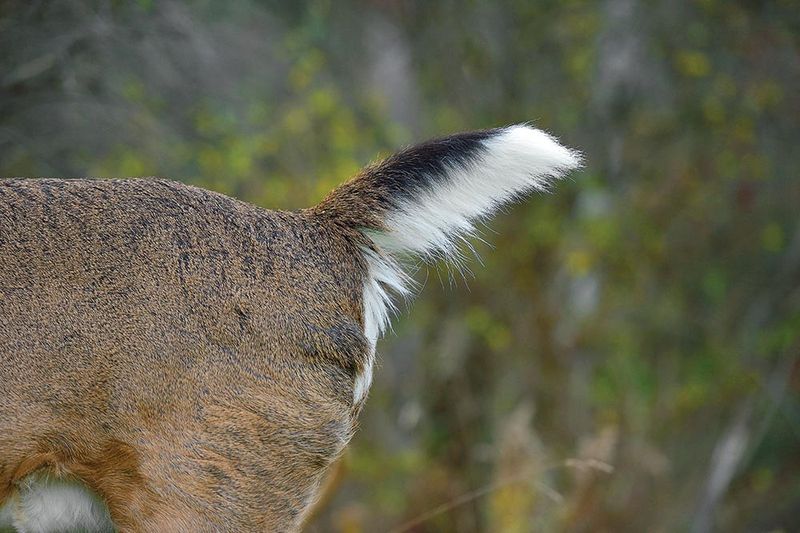
The white-tailed deer’s tail is a remarkable signal of danger. When alarmed, the deer raises its tail to reveal the white underside, a signal to other deer of potential threats. This behavior, known as “flagging,” is an essential part of their communication.
The tail’s movement can indicate different levels of alertness or intention, like a flick suggesting mild curiosity. This intricate communication system is vital for survival in the wild.
By understanding these signals, hunters and wildlife enthusiasts can better interpret the deer’s behavior, adding a layer of complexity to their observation.
Speed and Agility
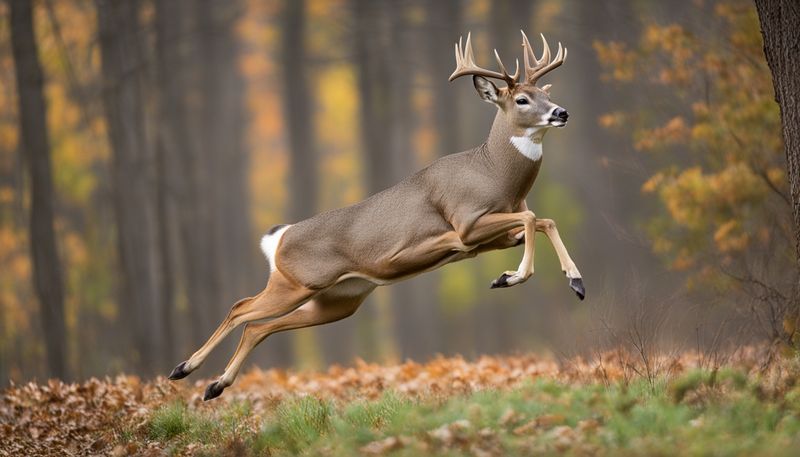
White-tailed deer are not just graceful; they are incredibly swift. Capable of reaching speeds up to 30 miles per hour, these agile creatures can quickly escape predators. Their powerful legs enable them to leap over obstacles up to 8 feet high.
This speed and agility are crucial for survival, especially in predator-rich environments. Their athleticism is a marvel to observe, whether they’re bounding through fields or navigating forest undergrowth.
For hunters, understanding a deer’s movement patterns and capabilities is essential for tracking and observing these elusive animals.
Varied Diet

The diet of a white-tailed deer is as varied as it is adaptable. These herbivores consume a wide range of vegetation, from leaves and twigs to fruits, nuts, and acorns.
During different seasons, their diet changes to match the available flora. In winter, they primarily eat woody plants and bark, while spring brings a feast of fresh greens.
This dietary flexibility not only supports their nutritional needs but also helps them thrive in diverse habitats. Recognizing this aspect of their lifestyle can aid hunters in predicting deer movement and feeding patterns.
Effective Swimmers
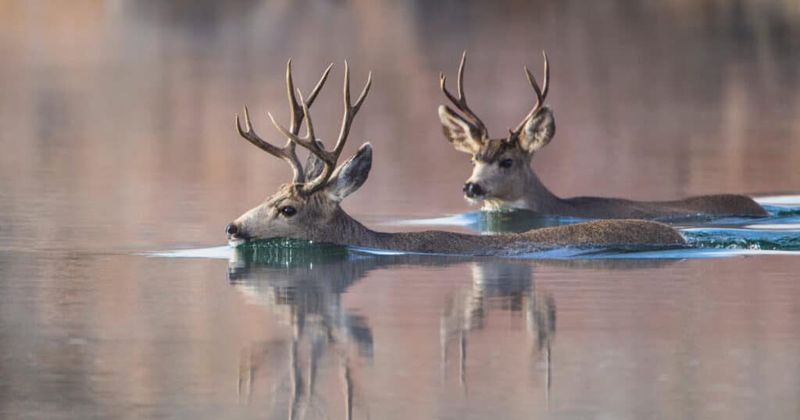
Despite their terrestrial nature, white-tailed deer are surprisingly adept swimmers. They often cross rivers and lakes to escape predators or reach new feeding grounds.
Their buoyant bodies and strong legs make them efficient in water, capable of covering significant distances.
This ability to swim not only showcases their adaptability but also expands their range of habitats. For hunters, knowing the deer’s swimming capabilities can offer insights into their potential travel routes and escape strategies.
Unique Antler Growth

Male white-tailed deer, or bucks, grow new antlers each year. This fascinating process begins in spring, when antlers covered in a soft, velvety skin start to grow.
By late summer, the antlers harden, and the velvet is shed. This cycle is driven by hormonal changes associated with mating seasons.
Each set of antlers is unique, providing insights into the deer’s age and health. Hunters prize antlers not only for their beauty but also for what they reveal about individual bucks. Understanding this growth cycle is key to appreciating these magnificent animals.
Night Vision Masters
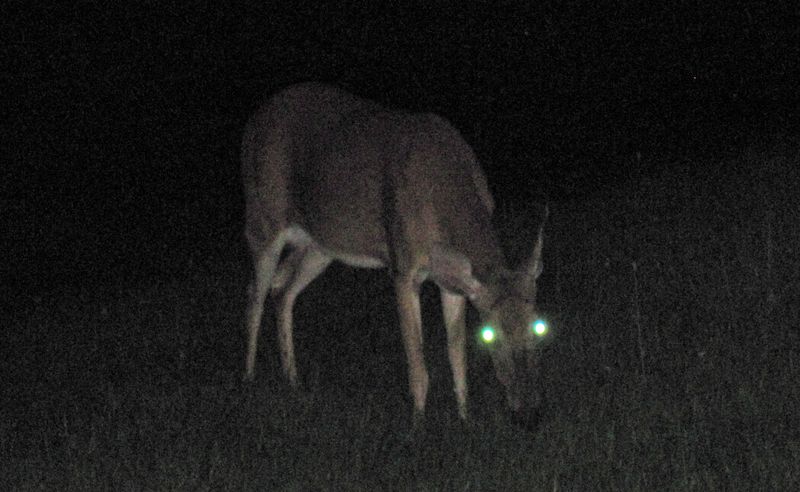
Have you ever wondered how white-tailed deer navigate their world after the sun sets? Their eyesight is remarkably adapted for low light conditions, thanks to a high concentration of rod cells in their eyes.
These cells enhance night vision, allowing deer to see incredibly well in the dark. Additionally, the tapetum lucidum, a reflective layer behind the retina, enhances their ability to capture light, making their eyes glow eerily when caught in headlights.
This makes them elusive and well-prepared predators of the night, able to spot danger and forage safely under the moonlight.
Scent Communication Experts
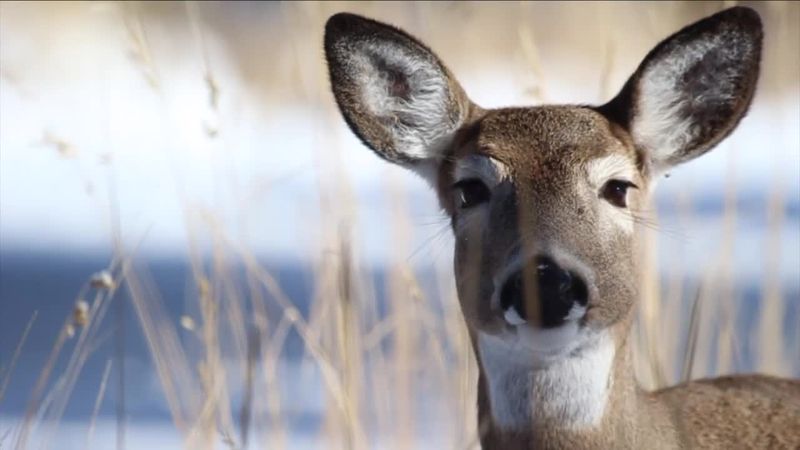
Deer have an extraordinary sense of smell, but did you know they communicate using scents as well? White-tailed deer possess scent glands located on their feet, forehead, and even their knees.
These glands release pheromones, conveying vital information about identity, reproductive status, and territorial boundaries. During the mating season, bucks will rub their foreheads and antlers against trees to leave their scent, marking their presence.
This olfactory communication is crucial for avoiding conflict and attracting mates, creating a complex social structure within their herds.
Seasonal Coat Changes

As the seasons change, so do white-tailed deer coats. They shed their summer coats, which are reddish-brown to blend in with the lush, green environment, for thicker, greyish winter coats.
This adaptation serves as both camouflage and insulation against harsh winter conditions. The coat consists of hollow guard hairs that trap air, providing excellent insulation.
This seasonal transformation is essential for their survival, ensuring they remain hidden from predators and warm during colder months. These versatile coats are a testament to the deer’s resilience and adaptability.
Vocalization Variety
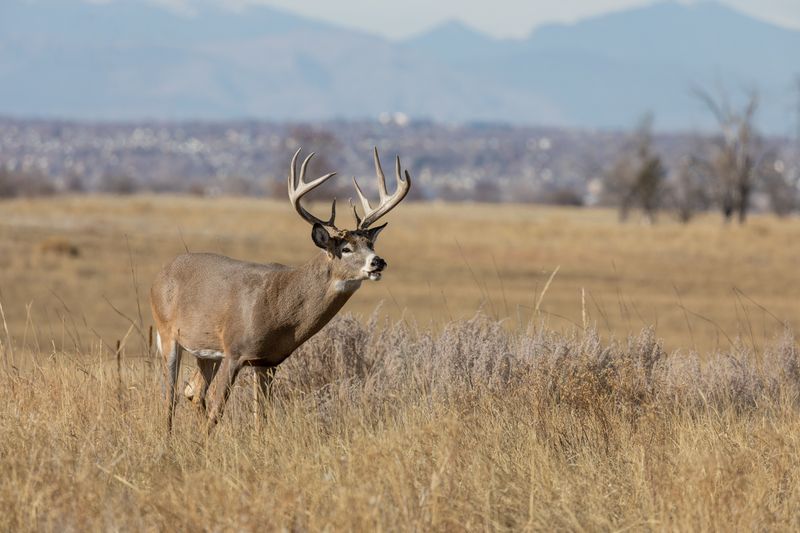
White-tailed deer are not silent creatures. In fact, they have a broad range of vocalizations to express different emotions and intentions. Fawns often bleat to communicate with their mothers, ensuring they stay connected when separated.
Adults, on the other hand, grunt, snort, and even make loud rattling sounds during the rut. These vocalizations can warn of danger, signal alarm, or even express courtship interests.
The versatility in their vocal range allows them to maintain social order and convey emotions effectively within their herds, vital for their survival.
Memory and Learning Abilities
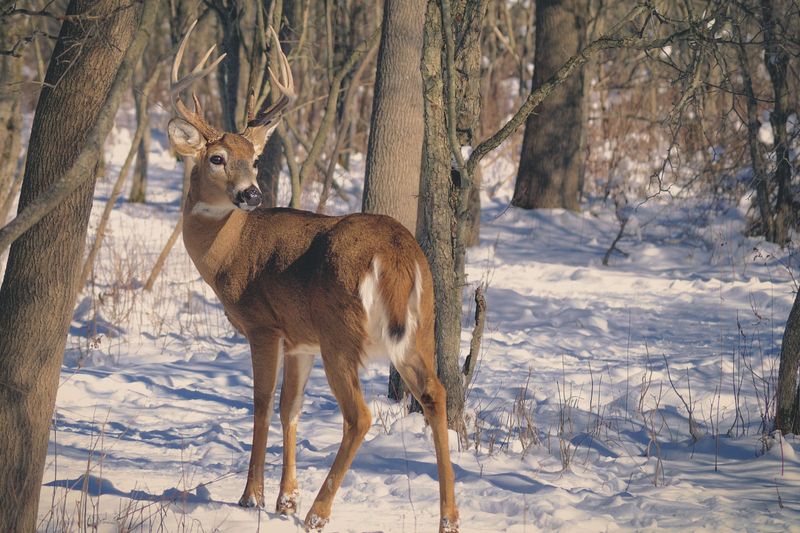
Some might underestimate deer intelligence, but white-tailed deer possess impressive memory and learning capabilities. They remember the locations of food sources, predator patterns, and even human activity.
This spatial memory allows them to adapt their behavior seasonally to maximize survival. Learning from past experiences, they may alter their routes to avoid danger or revisit a successful feeding spot.
This cognitive skill set aids in navigating the complexities of their environment, ensuring that they learn and grow from every encounter.
Remarkable Lifespan
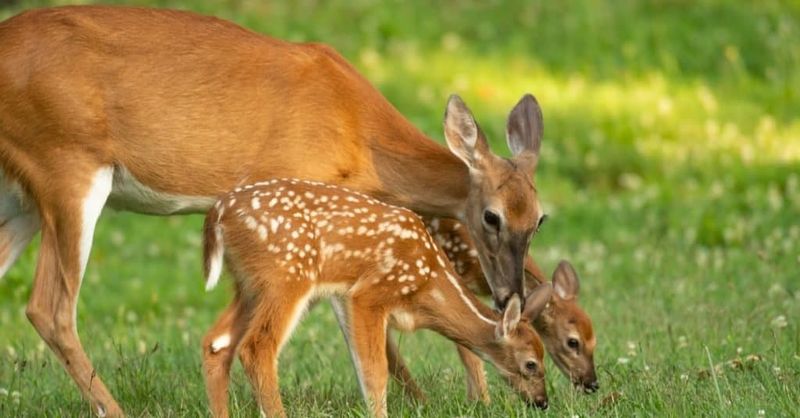
While the average lifespan of a white-tailed deer in the wild is around four to five years, they can live much longer in protected environments.
Some deers have been known to live beyond 10 years when not threatened by hunting or predators. In captivity, with proper care, their lifespan extends even further, occasionally reaching up to 20 years.
This extended lifespan offers unique insight into their behaviors and social dynamics over time, revealing how they adapt to changing environments throughout different life stages.
Social Structure and Hierarchy
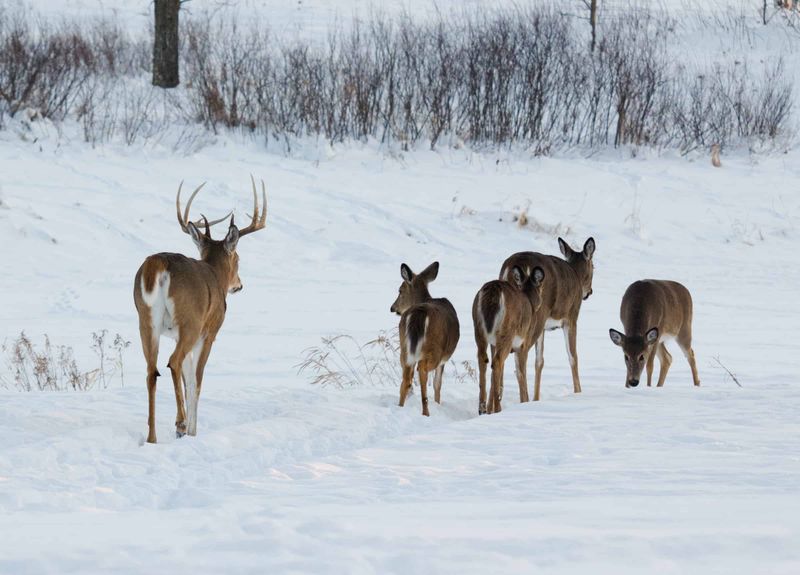
White-tailed deer have a sophisticated social structure dominated by a hierarchical order. Within a herd, a dominant buck often leads, establishing order and guiding others.
Female groups, usually composed of related individuals, exhibit their unique social dynamics. This hierarchy is maintained through displays of dominance, such as antler tussles among males and subtle interactions among females.
Understanding these dynamics is crucial for comprehending mating behaviors, territory establishment, and overall herd health.
Herbivorous but Opportunistic

Primarily herbivores, white-tailed deer graze on a variety of plants, including leaves, twigs, and grass. However, they can sometimes display opportunistic feeding behaviors.
In rare instances, they may consume small animals or eggs if encountered, although this is not common. This adaptability allows them to thrive in various environments where food resources may fluctuate.
Their diet flexibility ensures they meet nutritional needs, showcasing their ability to exploit available resources efficiently and effectively.
Unique Antler Shedding
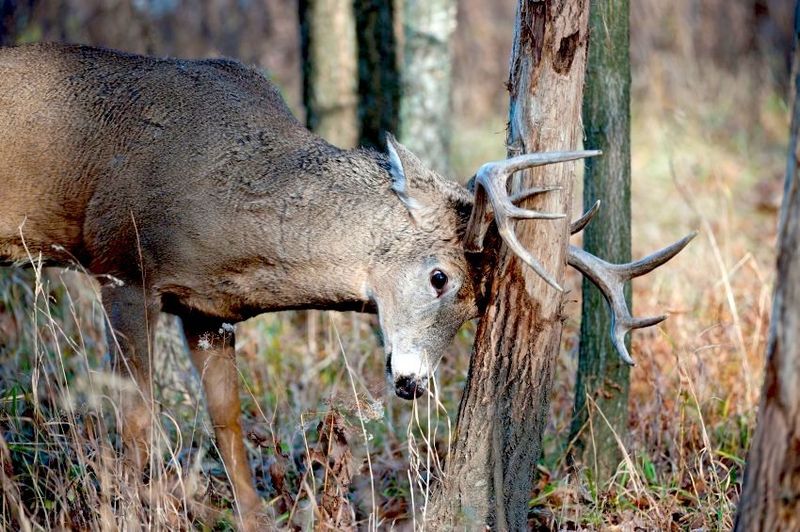
Unlike permanent structures, white-tailed deers’ antlers are shed and regrown annually. This cycle is influenced by hormonal changes, primarily testosterone levels, which peak during the rut.
Following the breeding season, antlers are shed to conserve energy through winter. The shedding process begins at the base, leaving the buck ready to grow a larger, more robust set for the next season, showcasing their rejuvenation and growth capabilities.
This annual renewal is a fascinating aspect of their biology.
Habitat Diversity
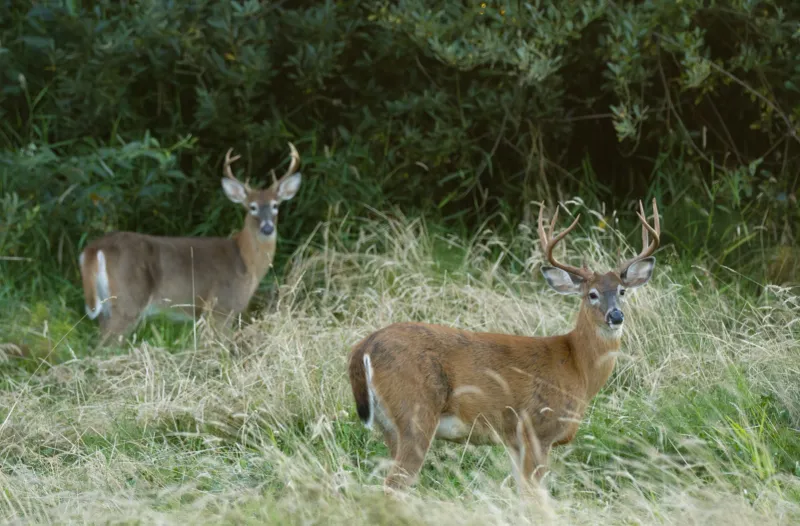
White-tailed deer are highly adaptable and thrive in diverse habitats. From dense forests to open fields, and even suburban areas, they manage to find suitable living conditions across North America.
Their ability to adjust to different environments is remarkable, allowing them to coexist with human developments.
This adaptability not only ensures their survival but also provides opportunities to observe their behaviors in varied settings, contributing to ecological balance.

